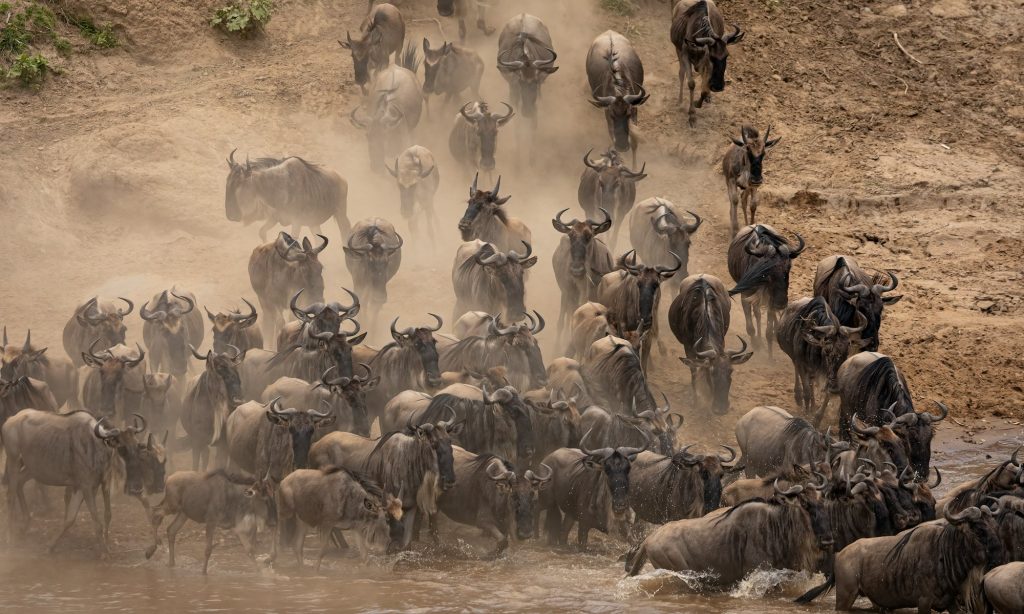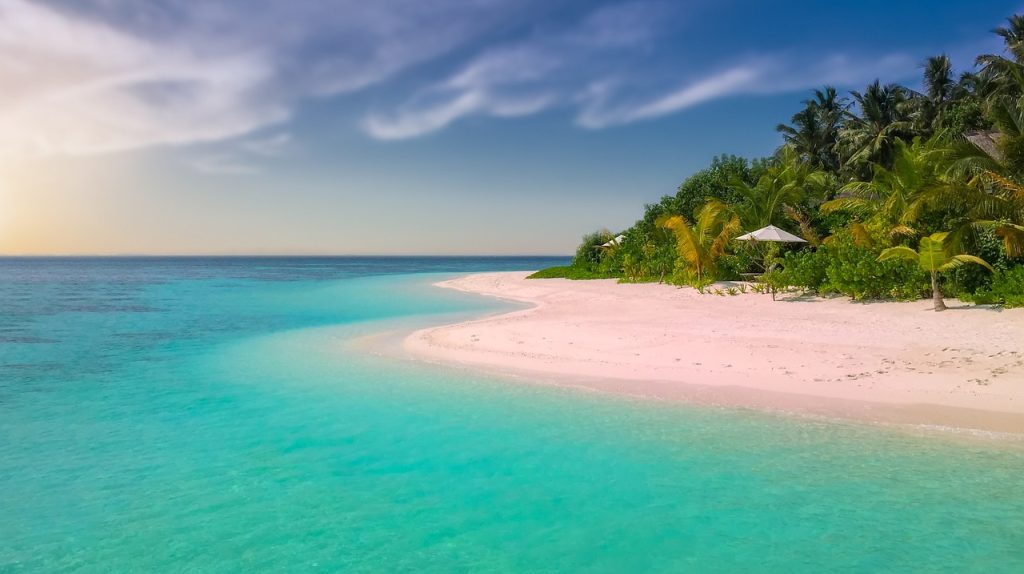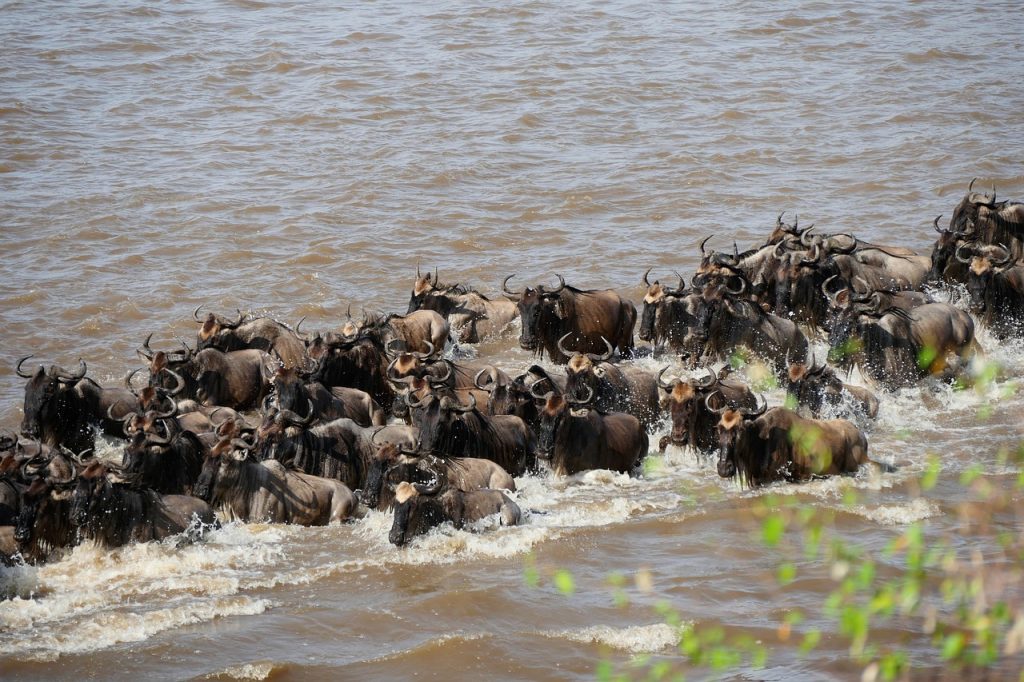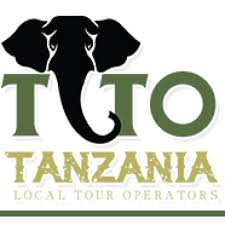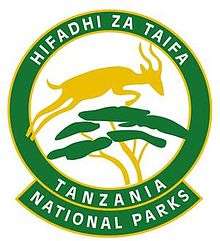Climbing Mount Kilimanjaro is a dream for many adventurers, but the risk of altitude sickness can turn this dream into a challenge. Proper acclimatization is key to a successful and enjoyable climb. Consider starting your journey with a pre-trek acclimatization hike on nearby Mount Meru or Mount Kenya, if time allows. These hikes not only prepare your body for the altitude challenges ahead but also offer stunning views of Kilimanjaro. If these options aren’t feasible, carefully plan your ascent on Kilimanjaro itself, incorporating rest days. The “climb high, sleep low” strategy is essential, and choosing the right route can make a big difference. Opt for slower ascents on routes like Machame or Lemosho, which provide better acclimatization opportunities. Remember to ascend slowly, embodying the Swahili term ‘pole pole’, meaning ‘slowly slowly’, to give your body the best chance to adjust to the heights of Kilimanjaro safely.
1. Pre-Trek Acclimatization on Nearby Mountains

Before tackling Kilimanjaro, consider spending time on nearby mountains with similar altitudes. This practice allows your body to adapt gradually. Plan to spend a few days at these altitudes, engaging in moderate activities like hiking. This helps stimulate the acclimatization process. Always ensure your gear is appropriate for the conditions, and keep yourself well-hydrated, as higher altitudes can cause faster dehydration. Monitor your body’s response to the altitude and note any symptoms of altitude sickness such as headaches or dizziness. Incorporate breathing exercises to improve oxygen intake, and use the opportunity to find dietary options that suit you in high-altitude environments. Gradually increasing your exposure to higher altitudes can prevent your system from being shocked. Consulting with local experts or guides can provide invaluable insights into effective acclimatization methods for the area.
- Research mountains with similar altitudes to your main trek for practice.
- Spend at least a few days at these altitudes to allow your body to adjust.
- Engage in moderate physical activities to stimulate acclimatization.
- Ensure your gear is suitable for the conditions in these practice mountains.
- Monitor your body’s response to the altitude, noting any symptoms of altitude sickness.
- Hydrate regularly as higher altitudes can lead to quicker dehydration.
- Practice breathing exercises to enhance oxygen intake efficiency.
- Use this time to test dietary choices that work best for you at high altitudes.
- Gradually increase your altitude exposure to avoid shocking your system.
- Consult with local experts or guides who know the acclimatization patterns of the area.
2. Scheduling Rest Days for Better Acclimatization

Planning strategic rest days is key when trekking Kilimanjaro to ensure your body adjusts well to the altitude changes. Choose rest days based on the difficulty of the terrain and the altitude gain. These days are your chance to recuperate, allowing your body to adapt more effectively to the higher elevations. During rest days, engage in light activities like short walks to keep your muscles active without overexertion. It’s important to listen to your body; if you feel the need for extra rest, be flexible with your schedule and make adjustments as needed.
Nutrition is crucial, so focus on consuming plenty of calories and staying hydrated. Use this time to practice relaxation techniques, which can help manage stress and improve overall well-being. Additionally, rest days offer the perfect opportunity to check and maintain your trekking equipment, ensuring everything is in good condition for the journey ahead.
Understanding local weather patterns is beneficial, as it allows you to adjust your plans accordingly. Connecting with fellow trekkers or locals can provide valuable insights into how others manage acclimatization. Finally, documenting your physical and mental state on rest days can help you track your progress and make informed decisions about your trek.
3. Selecting the Best Route for Acclimatization

Choosing the right route is crucial for acclimatization on Kilimanjaro. Opt for routes that offer gradual altitude gains, helping your body adjust to the thin air slowly. Routes like the Lemosho or the Northern Circuit are popular for their natural ‘climb high, sleep low‘ opportunities, which aid in acclimatization. Carefully study maps and guidebooks to understand the elevation profiles of different paths. Look for trails with plenty of camping spots at various altitudes, ensuring you have flexibility in your ascent.
It’s also wise to consider the availability of resources such as water and emergency shelters. This ensures you are prepared for unexpected situations. Match the route’s difficulty level with your fitness and experience to avoid unnecessary strain. Seek advice from experienced trekkers or local guides, who can provide valuable insights.
Plan to incorporate natural rest stops to break up long ascents, which can help in reducing fatigue. Factor in weather conditions and seasonal changes that might affect your trek. Selecting a route that allows for a gradual build-up of altitude over several days will increase your chances of a successful summit without succumbing to altitude sickness.
| Route Name | Altitude Gain | Camp Spots Availability | Resources Availability |
|---|---|---|---|
| Machame Route | Gradual | Ample | Water points |
| Marangu Route | Moderate | Limited | Huts |
| Rongai Route | Gentle | Moderate | Streams |
| Lemosho Route | Gradual | Ample | Water points |
| Northern Circuit | Gentle | Ample | Multiple |
4. Practice ‘Climb High, Sleep Low’ Strategy
One effective method to acclimatize on Kilimanjaro is the ‘climb high, sleep low‘ strategy. This involves ascending to a higher altitude during the day and then descending to a lower altitude to sleep. By doing so, your body gradually adapts to the reduced oxygen levels, which aids in minimizing the risk of altitude sickness. It’s beneficial to include day hikes to reach higher elevations and then return to camp to sleep at a lower altitude. After each session, it’s important to monitor how your body responds, as this can help in adjusting your strategy accordingly.
Before embarking on these excursions, ensure you have the necessary permits. It’s also crucial to plan your itinerary to naturally incorporate elevation changes. Discussing your plan with a guide can provide valuable insights, especially regarding the local terrain. Despite using this strategy, staying alert for any symptoms of altitude sickness is vital. Balance your physical exertion with adequate rest to prevent over-fatigue. Documenting your acclimatization progress can be helpful to make necessary adjustments to the strategy.
Frequently Asked Questions
1. What is altitude sickness and why does it happen on Mount Kilimanjaro?
Altitude sickness happens when you climb to high places too quickly, like Mount Kilimanjaro. Your body needs time to get used to less oxygen up there.
2. How can I prepare my body before climbing Kilimanjaro to prevent altitude sickness?
Before climbing, exercise regularly, stay hydrated, and get enough sleep. Spend some time at high altitude places if possible to help your body adjust.
3. What is the best way to acclimatize while climbing Kilimanjaro?
Climb slowly and take it easy. Follow the ‘climb high, sleep low’ rule, which means going to higher altitude during the day and coming back down to sleep lower.
4. What symptoms should I watch out for that indicate altitude sickness on my climb?
Look out for headaches, dizziness, nausea, tiredness, and loss of appetite. These are signs that your body is struggling with the altitude.
5. Are there any medications or supplements that can help prevent altitude sickness on Kilimanjaro?
Yes, consult your doctor about taking medications like acetazolamide. However, they should not replace proper acclimatization techniques.
TL;DR For a successful Kilimanjaro climb and to prevent altitude sickness, prepare by training on nearby mountains with similar altitudes, allowing your body time to adjust. Schedule rest days strategically to aid acclimatization, engaging in light activities and focusing on nutrition. Choose a route that naturally offers gradual altitude gains, providing ‘climb high, sleep low’ opportunities. Incorporate day hikes to higher elevations, descending to sleep at lower altitudes to adapt effectively. Always monitor your body for any symptoms of altitude sickness and adjust plans as necessary.

